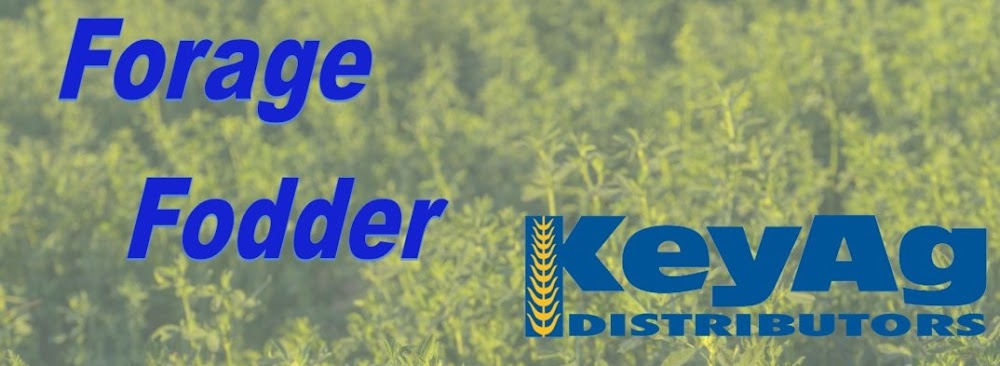Colorado—In the Feb. 17 report, compared to last report, trade activity light to moderate on good demand for horse hay markets. Trade activity light on moderate to good demand for feedlot hay markets. Horse hay sold mostly steady this week. According to the U.S. Drought Monitor’s High Plains Summary for Feb.15, recent snowfall (6 to 12 inches) and 6-month SPIs prompted a 1-category improvement to the Denver/Boulder metro areas, while 1-category degradations were made to parts of western and southern Colorado based on longer-term SPIs and current snowpack.
Missouri—In the Feb. 17 report, compared to last report, hay supplies are moderate, demand is light to moderate and hay prices mostly steady. Just as fast as weather in the 60s came it left and brought more snow and freezing temperatures back across the state. That unstable cycle has seemed to be the case weekly all winter long. This front did bring some rain which is much needed even if though dealing with the mud aspect of it isn’t much fun. Just under 40 percent of the state is currently listed as abnormally dry on the latest drought monitor and producers would like to see that number disappear before the growing season starts.
Nebraska—In the Feb. 17 report, compared to last week on comparable trades, baled hay sold steady to slightly firm. Dehydrated pellets and ground/delivered hay products remained steady. Demand continued to vary across the state from moderate to good. Select farmer/feeders continue to refrain from selling their remaining hay. According to the U.S. Drought Monitor’s High Plains Summary for Feb. 15, Nebraska and Kansas remain in moderate drought and abnormal dryness, though worsening conditions take longer to recognize during the winter months.
Oklahoma—In the Feb. 18 report, compared to the last report, winter weather allowed the hay market to stay steady. More moisture is still needed in the state to continue to help with the drought conditions and wheat pastures. Thus far, according to the Mesonet for most of the state is experiencing abnormally dry conditions or worse. In the Panhandle the drought conditions are exceptional, western Oklahoma is in extreme drought, central Oklahoma has moved into more an extreme drought, and eastern part of Oklahoma is mostly in a severe drought. The 6-to-10-day outlook is forecasting some more moisture. Next report will be released March 4.
Texas—In the Feb. 17 report, compared to the last report, hay prices are mostly steady in all regions. Hay demand has picked up, but truck shortages and increased freight costs by as much as 25% have slowed the hay trade some. As producers get ready to prep fields and begin planting for next year, inflation is on there minds both in the form of trucking and inputs needed to put up a quality crop. As a result, some producers are considering growing less forages for this upcoming year to try to manage the increase in input prices, and the difficulty finding trucking on the back side of the production. There is still a lot of off grade forages on the market, which has helped livestock producers manage through this dry winter and dwindling winter forages. The majority of the state could use some moisture, with the Panhandle and the west reporting the most extreme drought conditions. Next report will be released March 4.
New Mexico—The hay growing season is over. Last report for the season was issued Nov. 5, 2021. Reports will resume in April 2022.
South Dakota—In the Feb. 18 report, compared to last week, all classes of hay steady. Very good demand remains for all types and qualities of forage. The winter remains mild, overall, without snow allowing beef cows to stay turned out. This mild weather is helping to stretch forage supplies as cattle don’t require as much hay to maintain their body temps. A powerful cold front is in the forecast for next week with snow and overnight lows of -5 to -20. Hay supplies are very limited across the state, which is supporting the market. A large supply of corn stalks bales are available. Concern remains for the coming growing season as moisture remains scarce, but the month of March traditionally brings wet snows to South Dakota.
Wyoming—In the Feb. 17 report, compared to last week, prices of alfalfa cubes and pellets remained steady. Limited availability across the state, with demand ranging from moderate to very good. According to the U.S. Drought Monitor as of Feb. 15, Wyoming conditions continue to range from abnormally dry to severe drought.
Montana—In the Feb. 18 report, compared to last week, the light test of hay traded sold mostly steady. Hay movement remained slow with mixed demand. Many producers reported light precipitation over the past week. According to the U.S. Drought Monitor 88.93% of the state is in moderate drought or worse; 85.91% of the state is in an severe drought or worse, 48.86% of the state is in an extreme drought or worse; 5.64% of the state is in an exceptional drought.



















































